The Queen’s Cake is a historic British dessert that dates back to the Georgian era in the 18th century. Associated with royalty and celebrations, this classic cake has stood the test of time due to its unique flavor profile and rich cultural significance. In this post, we’ll explore the origins of the Queen’s Cake, the ingredients needed, and step-by-step instructions to make it at home. Let’s bring history to life by baking a cake that has been cherished for centuries!
Table of Contents

What is a Queen’s Cake?
Origins of the Queen’s Cake
The Queen’s Cake is a traditional English dessert that rose to prominence during the 18th century. Its name is believed to be a tribute to the reigning queens of the Georgian era, such as Queen Charlotte, the wife of King George III. This cake was often served at royal gatherings, tea parties, and special occasions, symbolizing elegance and sophistication.
The recipe for Queen’s Cake first appeared in 18th-century cookbooks and was known for its rich ingredients, including butter, sugar, eggs, and spices like nutmeg. These were considered luxury items at the time, making the cake a symbol of affluence.
Key Features of the Recipe
What sets the Queen’s Cake apart from other desserts of its time is its simplicity combined with a luxurious flavor. The cake is infused with currants, nutmeg, and rosewater, giving it a unique and aromatic taste. Unlike modern cakes that often use elaborate frostings, the Queen’s Cake relies on its dense texture and flavorful ingredients to shine.
Why It’s Still Loved Today
The Queen’s Cake has endured as a beloved recipe because it combines the charm of history with timeless flavors. Baking this cake is not just about enjoying a dessert; it’s about connecting with the culinary practices of the past. For food enthusiasts and history lovers alike, this recipe offers a way to experience the elegance of Georgian-era dining.
Ingredients Needed for a Traditional Queen’s Cake
To recreate an authentic 18th-century Queen’s Cake, you’ll need a mix of historical ingredients and modern adaptations. Here’s what you’ll need:
Core Ingredients
- Flour – All-purpose flour works well, but if you want an authentic touch, use a mix of fine and coarser flours.
- Butter – Unsalted butter is key to achieving the rich, creamy texture of the cake.
- Sugar – Granulated sugar or caster sugar for a smoother consistency.
- Eggs – Large eggs, preferably at room temperature.
- Currants – The star ingredient that gives the cake its fruity undertone.
- Nutmeg – Freshly grated nutmeg for an authentic 18th-century flavor.
- Rosewater – A traditional ingredient that adds a floral aroma and taste.
- Milk – A small amount to bind the batter (optional depending on consistency).
Optional Additions for a Modern Twist
- Lemon Zest – For a bright, citrusy flavor.
- Vanilla Extract – A modern addition to enhance sweetness.
- Candied Peel – Adds a subtle bitterness and texture.
Where to Source Historical Ingredients
Many of these ingredients are available at local grocery stores. For a more authentic experience, you can source rosewater and currants from specialty or online stores that focus on historical cooking ingredients. Freshly grating your nutmeg will also provide a more aromatic flavor compared to pre-ground versions.

Step-by-Step Instructions for Making the Cake
Preparing the Ingredients
- Measure the Ingredients: Accuracy is key. Use a kitchen scale to ensure you have the exact measurements for each ingredient. Typically, you’ll need equal parts flour, butter, and sugar (e.g., 200 grams each).
- Soak the Currants: Soak the currants in warm water or rosewater for 15 minutes. This ensures they remain plump and juicy during baking.
- Preheat the Oven: Set your oven to 350°F (175°C). If you’re using a convection oven, reduce the temperature slightly.
- Prepare the Pan: Grease a loaf tin or cake pan with butter and lightly dust it with flour to prevent sticking.
Mixing the Batter
- Cream Butter and Sugar: Using a large bowl, whisk the butter and sugar together until the mixture becomes pale and airy. This step is essential to achieving a soft and light texture in the cake.
- Add the Eggs: Break the eggs into the mixture one at a time, mixing thoroughly after each addition to ensure they are fully incorporated..
- Incorporate Dry Ingredients: Sift the flour and nutmeg into the wet mixture and fold gently until combined.
- Add the Currants: Drain the soaked currants and fold them into the batter along with the rosewater.
- Adjust Consistency: If the batter feels too thick, add a splash of milk to loosen it slightly.
Baking the Queen’s Cake
- Pour the Batter: Transfer the batter into the prepared pan, spreading it evenly with a spatula.
- Bake: Place the cake in the preheated oven and bake for 45-55 minutes. Test the cake’s doneness by inserting a toothpick into the center; if it comes out clean, the cake is ready.
- Cool: Allow the cake to rest in the pan for 10 minutes before carefully transferring it to a wire rack to cool down entirely.
Cooling and Storing the Cake
- Allow the cake to cool completely before slicing. This helps the flavors to settle.
- Keep the cake in an airtight container at room temperature to maintain its freshness for up to five days.. For longer storage, wrap it tightly in plastic wrap and freeze.
Tips for Perfecting Your Queen’s Cake
Secrets to the Authentic Taste
- Use Fresh Ingredients: Freshly grated nutmeg and high-quality butter make a noticeable difference.
- Don’t Skip the Rosewater: This is the hallmark of an authentic Queen’s Cake. Even a small amount can elevate the flavor.
Common Mistakes to Avoid
- Overmixing: Mixing the batter too much can result in a dense cake. Fold the ingredients gently to retain air.
- Using Dry Currants: Soaking them beforehand ensures they stay moist during baking.
- Inconsistent Measurements: Stick to exact quantities for best results.
How to Serve Your Cake
- Pair slices of Queen’s Cake with a cup of tea or coffee for an authentic 18th-century experience.
- Add a dollop of clotted cream or a sprinkle of powdered sugar for extra indulgence.
Why You Should Try This 18th Century Recipe Today
Connecting with History Through Food
Baking a Queen’s Cake is like stepping back in time. It allows you to experience the flavors and techniques that were cherished hundreds of years ago. For history buffs and food lovers, this is a unique way to connect with the past.
Perfect for Special Occasions
The Queen’s Cake is a conversation starter and a showstopper at any gathering. Whether it’s a themed dinner party or a simple afternoon tea, this cake adds a touch of elegance and tradition.
A Deliciously Timeless Treat
Despite its historical roots, the Queen’s Cake is a timeless dessert that holds its own against modern recipes. Its rich, aromatic flavors make it a favorite for all ages.
Conclusion
The Queen’s Cake is more than just a dessert; it’s a piece of culinary history. With its rich flavors and historical significance, this 18th-century recipe is a delightful addition to any baker’s repertoire. Whether you’re a seasoned baker or a history enthusiast, trying this recipe at home is a rewarding experience. So gather your ingredients, preheat your oven, and take a delicious journey back in time!
If you try this recipe, don’t forget to share your results and let us know how you enjoyed your taste of history. Happy baking!
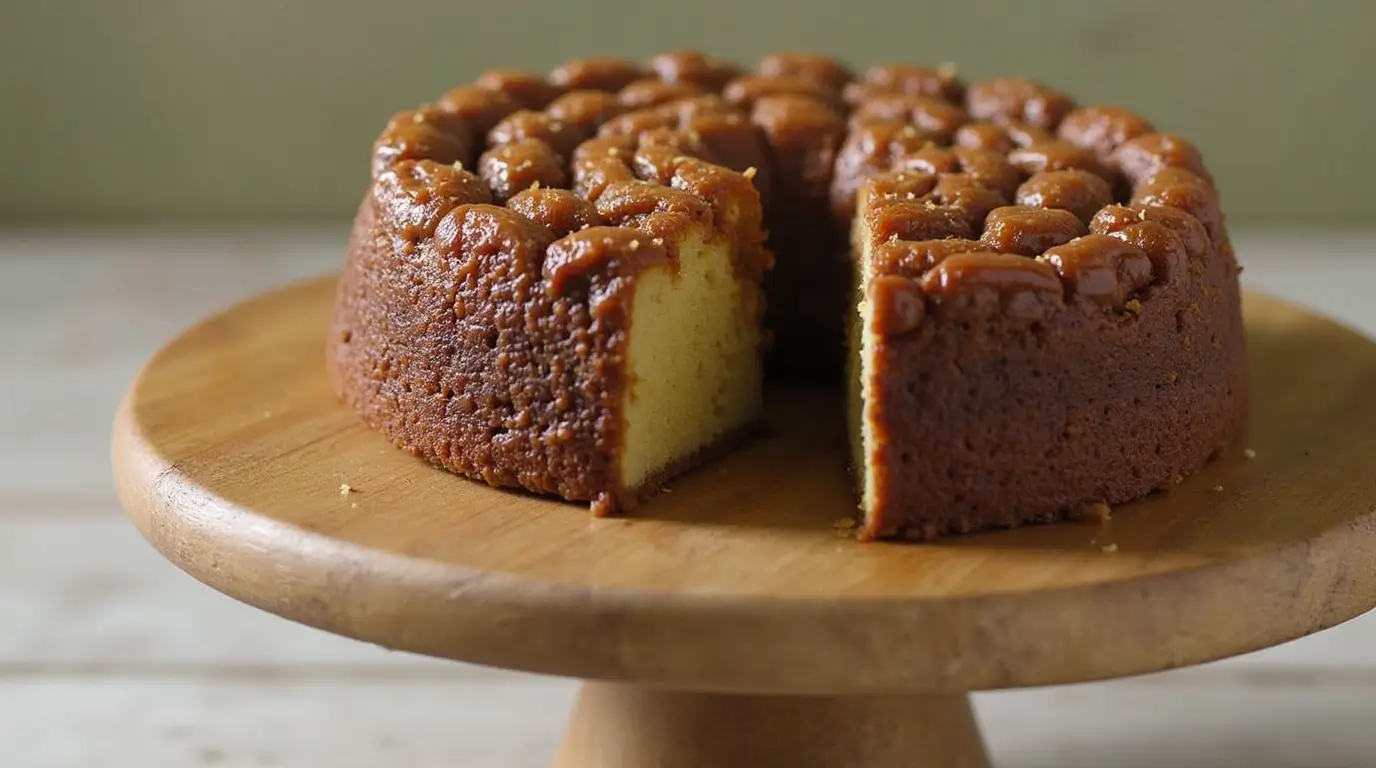
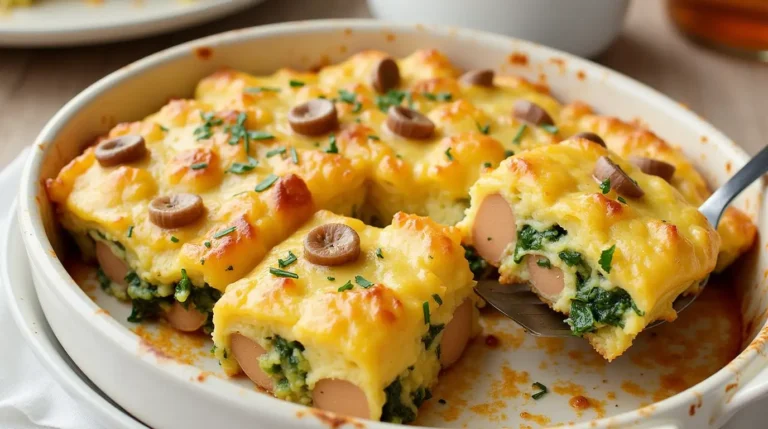
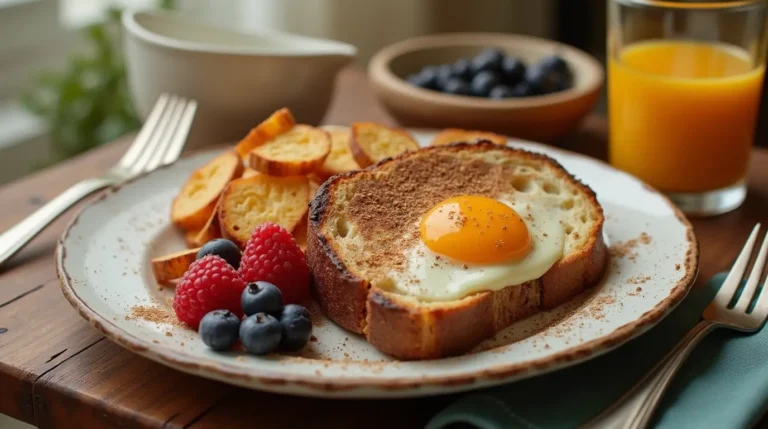
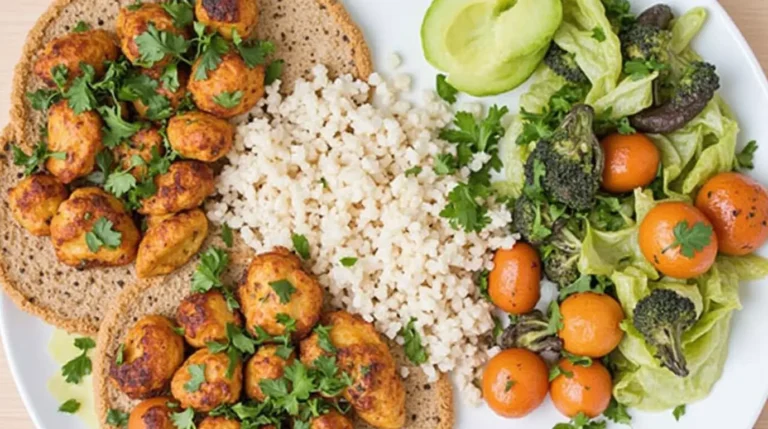
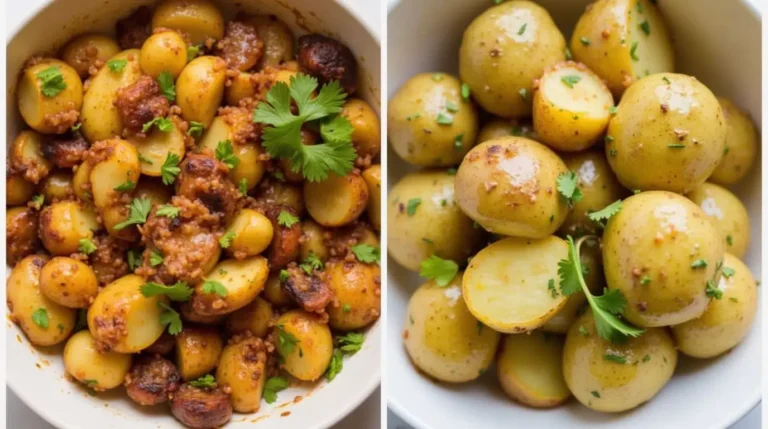
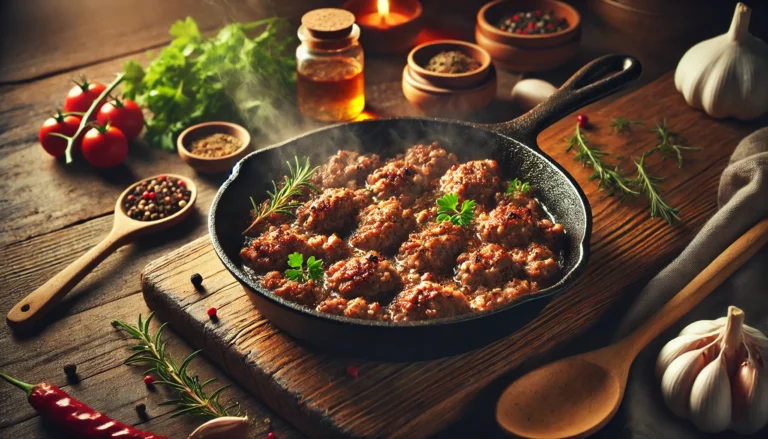
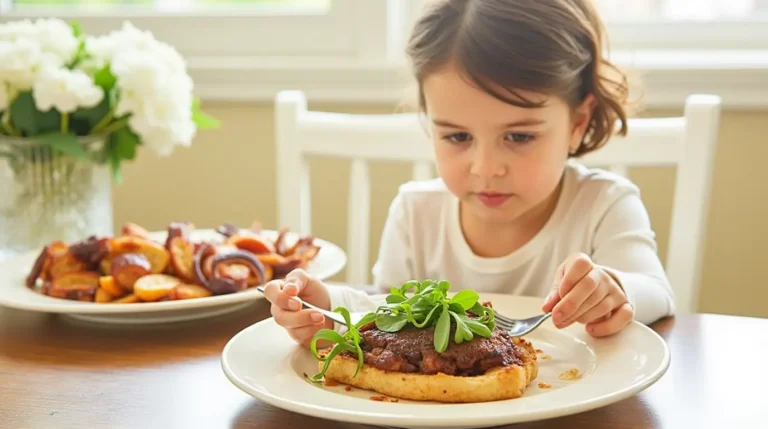
1 thought on “How to Make a Traditional 18th Century Queen’s Cake Recipe at Home”